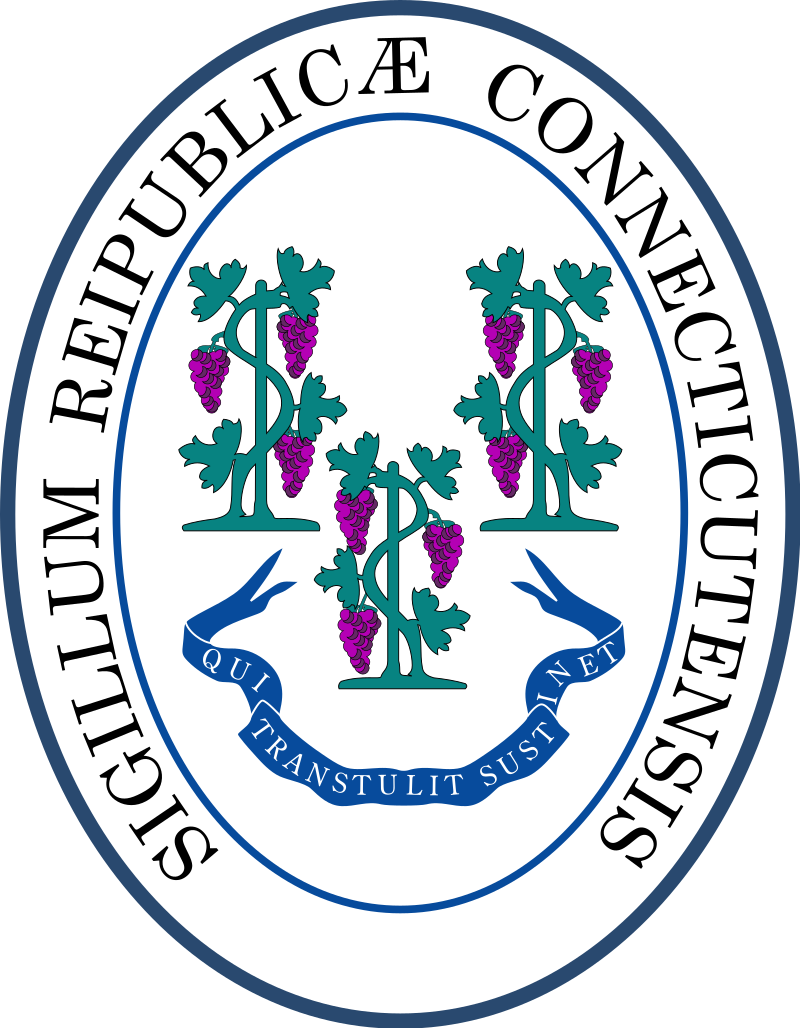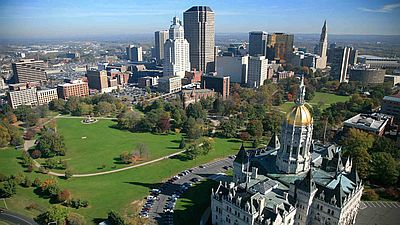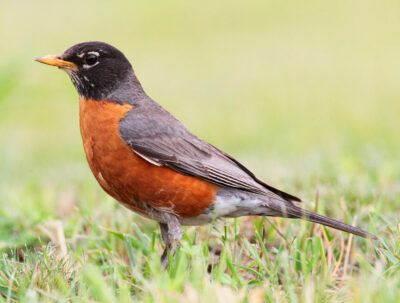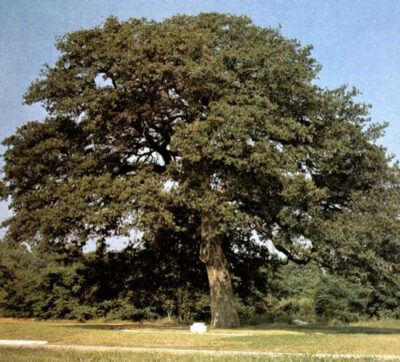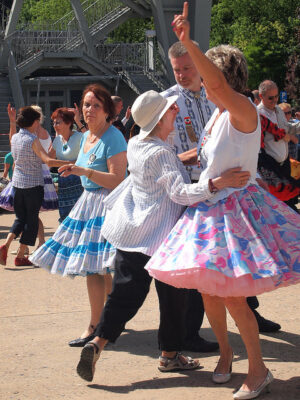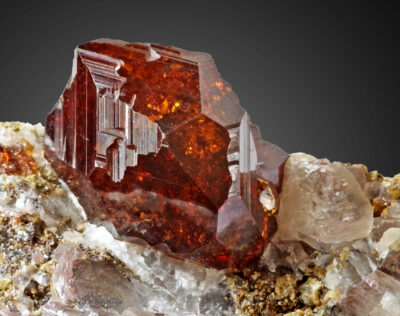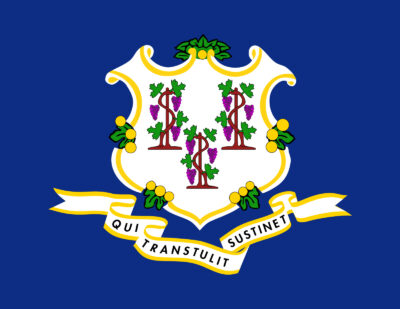State Symbols of Connecticut
Last updated on August 18th, 2023 by Editorial Staff
By | Updated on August 18, 2023
Reviewed by Rittika
Connecticut is the southernmost state in the New England region of the United States. According to the 2010 census, it has the greatest per capita income in the United States, the second highest level of human development, and the highest median household income. Connecticut gets its name from a Mohegan-Pequot term Quononoquett (Conanicut) that translates as “long tidal river” and “upon the long river,” referring to the Connecticut River. Nutmeg State, Constitution State, and Land of Steady Habits are all nicknames that have been applied to Connecticut.
Hartford is the state capital, located in the north-central region of the state, while Bridgeport is the most populated city. 3,605,944 is the recorded population of the state according to the 2020 United States Census.
With a total area of 5,543 sq mi (14,357 sq km), it ranks forty-eighth among the fifty U.S. states making it the third smallest state in terms of land area, the twenty-ninth most populous state, and the fourth most densely inhabited of the fifty states. Located in the heart of the Atlantic coast’s vast urban-industrial complex, it is bordered by Rhode Island to the east, Massachusetts to the north, New York to the west, and Long Island Sound to the south. The state abounds with historical sites and memorials, and there are numerous state forests and state parks.
The fun fact is that Connecticut is home to several “firsts” – including the first color television, hamburger, phone book, Polaroid camera, a nuclear-powered submarine, and helicopter.
The first inhabitants were Algonquian-speaking Indians. During the 1630s, English Puritans from the Massachusetts Bay Colony colonized the area. In 1636, Thomas Hooker, a Puritan minister who had escaped England, set out from Boston with around 100 members of his congregation to found Hartford, Connecticut. Other Massachusetts settlers established the Saybrook and New Haven Colonies.
The Connecticut and New Haven colonies issued Fundamental Orders documents, which are recognized as the first constitutions in America. Connecticut was among the first to adopt railroads, and Amtrak now connects Boston and Washington, D.C. with a portion of the old main line of the New Haven, the most significant railway service of the 1800s. During the American Revolution, Connecticut was one of the Thirteen British Colonies that rejected British rule. In 1788, it became the 5th state to vote in favor of the Constitution.
It was an agricultural region until the early 19th century when textile factories were established, and by 1850, manufacturing employment had surpassed agriculture; the state continues to be a manufacturing hub.
The population is primarily based in cities. Its long history of prosperity continues, with immigrants drawn by solid job prospects, outstanding educational facilities, and pleasant living conditions for the majority of its people.
The state bird of Connecticut is the American robin, the state flower is the Mountain laurel, and the state song is “Yankee Doodle”.
The Connecticut state insect is the Praying mantis, and the official language of the state is English.
– Learn about Connecticut flag color codes and their meanings –
State Information
| Official Language | None |
| State Rank | 48 |
| Demonym(s) | Connecticuter, Connecticutian, Nutmegger |
| Nickname | The Constitution State (official), The Nutmeg State, The Provisions State, The Land of Steady Habits |
| ISO | US-CT |
| Formation Date | January 9, 1788 |
| Coordinates | Lat: 40°58′ N to 42°03′ N, Long: 71°47′ W to 73°44′ W |
| Area |
State seal
Motto of Connecticut
Qui transtulit sustinet- "He who transplanted still sustains"
State symbols of Connecticut 👇
-
State capitalHartford
-
State birdAmerican robin
-
State flowerMountain laurel
-
State treeCharter Oak
-
State danceSquare Dance
-
State reptileThe five-lined skink
-
State insectEuropean mantis
-
State gemstoneGarnet
-
State animalSperm Whale
-
State dishPizza
-
State fishAmerican shad
